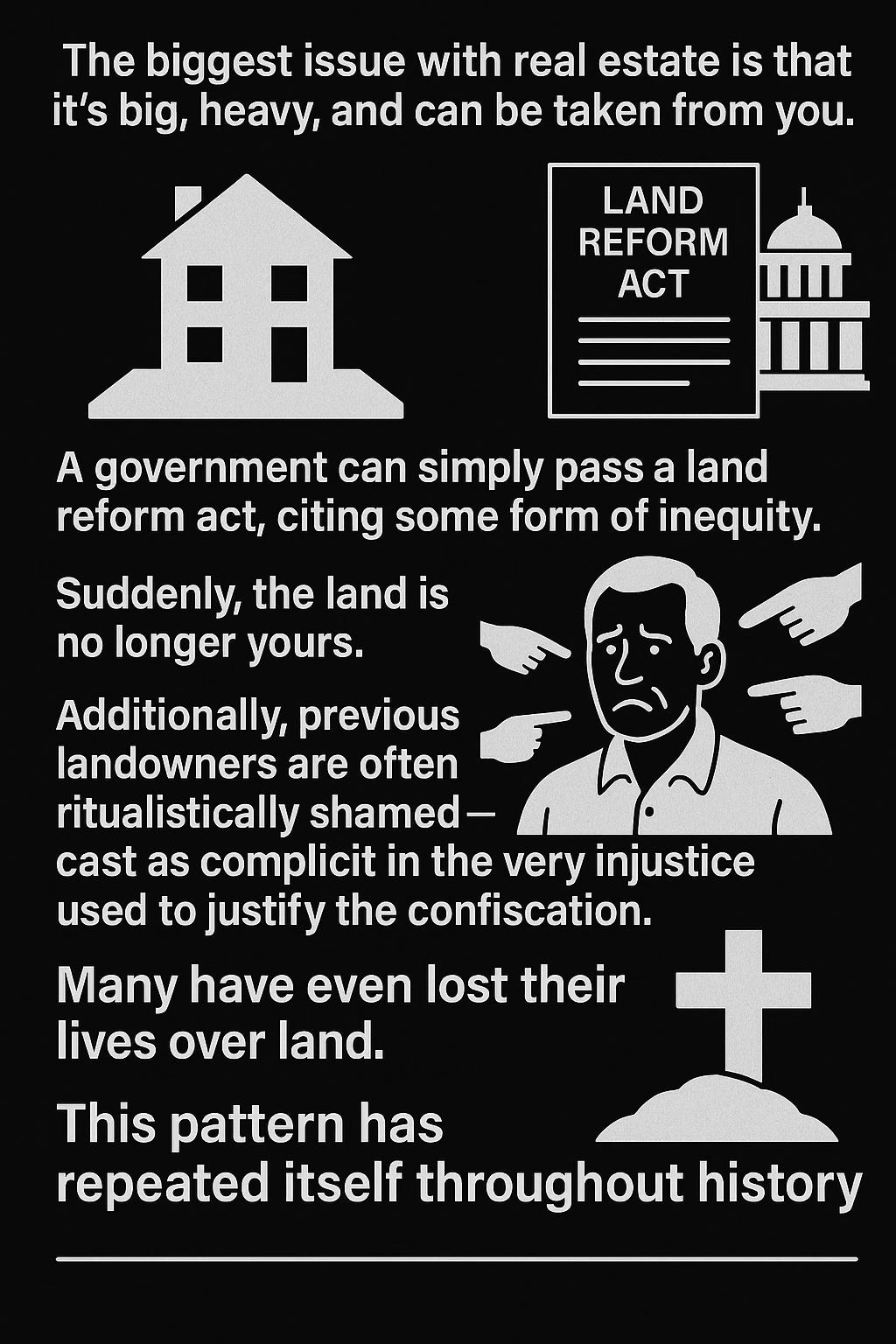EXIT! Communist Land Reform Acts
This pattern—where land is expropriated by the state under the justification of reform or redistribution—has played out across many countries and eras. The rationale often involves claims of historical injustice, economic inequality, or national development. Let's break down how this has happened in China, Vietnam, and South Africa, with attention to bo…




